Posted by Powee Celdran

Welcome back to the Byzantium Blogger and here we are once again with another Byzantine history article! In this one being the second part of this series featuring top 10s concerning the lives of certain emperors who I think have interesting stories, we will talk about the longest reigning and one of the most badass Byzantine emperors of all time, Basil II (r. 976-1025) of the Macedonian Dynasty often remembered as the “Bulgar-slayer”.
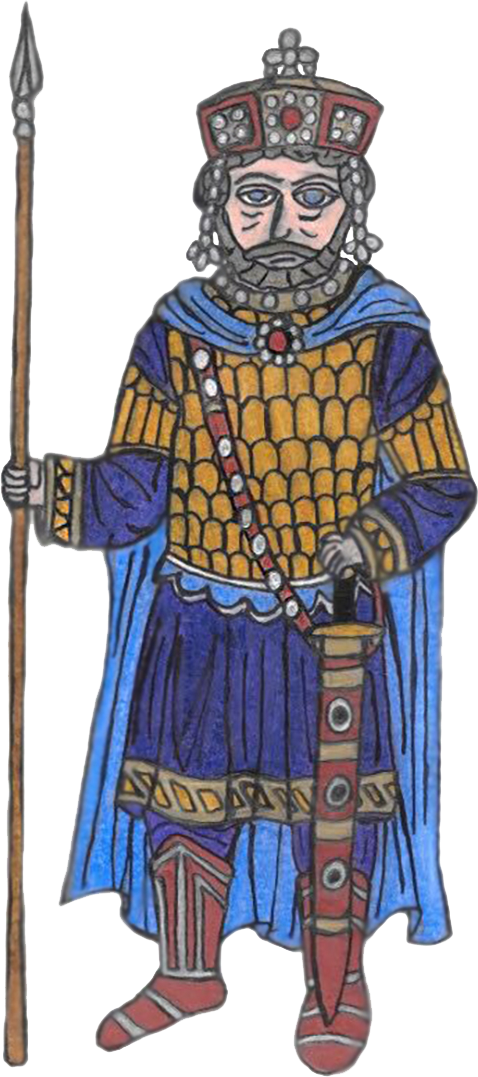
Basil II now may be remembered as a ruthless warrior emperor hence his title the “Bulgar-slayer” as he literally slayed and conquered the Bulgarian Empire and wiped it off the map, but aside from his rule being one of constant warfare, it also saw Byzantium at its golden age as a medieval superpower both culturally and militarily whereas Basil II too was known to be a capable administrator and reformer. In this article, we will go over 10 surprising facts about the life and nearly 50-year rule of the legendary emperor Basil II. Now, I have also done a video covering Basil II with the same topic as this article on my channel No Budget Films, and the video was made as a result of one of the comments I got on the previous video I made on Justinian I the Great and since I already covered the most influential Byzantine emperor being Justinian the Great then why not also cover the next possibly most influential Byzantine emperor after Justinian being Basil II. If you want to know more about Basil II and his times, then please also check out the board game I created being Battle for Byzantium which takes place more or less during Basil II’s rule, the link to the game will be found below. Before we begin the article please don’t forget to check the video I made below also covering the top 10 surprising facts about the life and reign of Basil II.
Check out my board game Battle for Byzantium here.

Follow me, Byzantine Time Traveller on Social Media:
Instagram: @byzantine_time_traveller
Facebook: Byzantine Time Traveller
Youtube: No Budget Films
Website: Byzantine Time Traveller
Deviantart: Byzantium-blogger55
Art Station: Powee Celdran Porphyrogennetos
Patreon: Byzantine Time Traveller
Before we go through the list, here’s a quick background on the Byzantine Empire at the time of Basil II. The Byzantine or Eastern Roman Empire had since the 7th century been fighting on the defensive position against the expansion of foreign enemies, notably the Arabs and the Bulgarians and was thus gradually losing territory. However, by the mid 9th century, the Byzantine Empire’s situation had begun to stabilize and thus the Byzantines were able to recapture lands in the east lost to the Arabs in the past centuries as well as lands to the north lost to the Bulgarians who had settled in Thrace and formed their state there since the late 7th century. In 867, Basil II’s great-great grandfather and namesake Basil I (r. 867-886) despite his humble origins as a peasant managed to seize the throne and become emperor and as emperor, his reign saw Byzantium expand eastwards recapturing territory lost to the Arabs all while the empire too underwent the beginning of its golden age of culture and learning. Basil I’s son and successor Leo VI the Wise (r. 886-912) as a learned scholar promoted this new literary golden age of Byzantium but had mixed results militarily as his reign saw a number of setbacks for the Byzantines in wars against the Bulgarians and Arabs. Leo VI’s son and successor being Basil II’s grandfather Constantine VII Porphyrogennetos (r. 913-959)- who like his father was also a learned scholar emperor- came to power at a young age due to his father’s untimely death, and because of his young age, Constantine was sidelined by the admiral Romanos Lekapenos who then took over as senior emperor and thus basically ran the empire. The reigns of Romanos I Lekapenos (920-944) and that of Constantine VII following the deposition of Romanos I in 944 saw the Byzantine Empire achieve rapid military successes and conquests in the east, most notably the capture of the city of Melitene from the Arabs in 934, therefore paving the way for the Byzantines to now fight on the offensive against the Arabs who were now in the retreat. With Constantine VII back in power in 945, this age of military successes continued especially due to talented generals in his service such as the Phokas brothers Nikephoros and Leo and their nephew John Tzimiskes who managed to drive the Arabs out of Byzantine borders and expand into Syria retaking the lands the Byzantines lost centuries earlier.

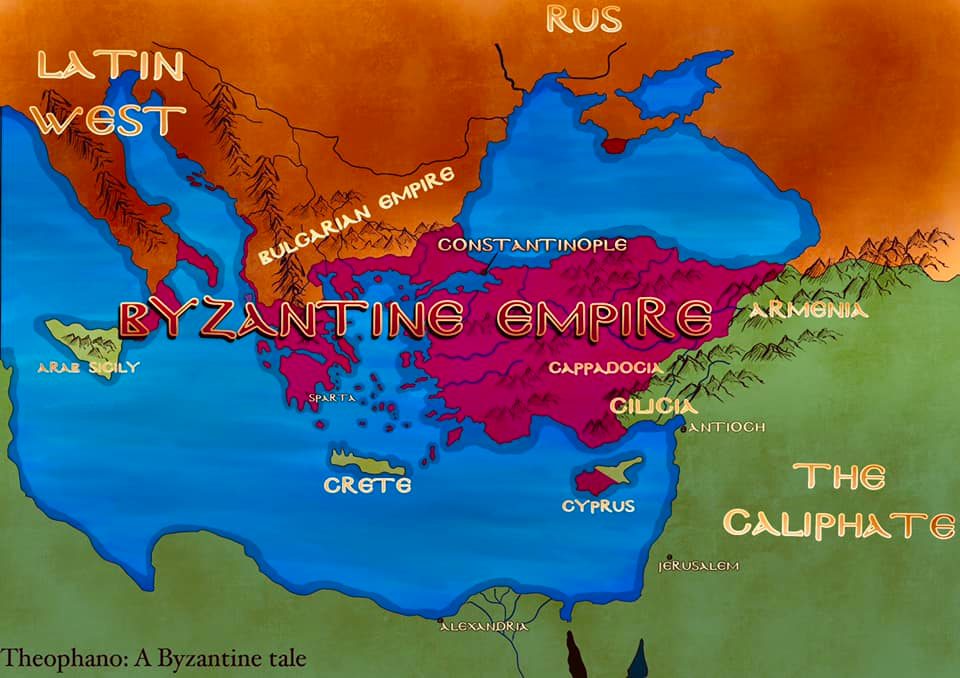
Related Articles from the Byzantium Blogger:
5 Reasons to Feel Bad for Justinian II and 5 Reasons to Hate Him
Byzantine Alternate History Chapter VII
Byzantine Alternate History Chapter VIII
A Review and Reaction on Basil: Basileus Part I
A Review and Reaction on Basil: Basileus Part II
A Review and Reaction on Basil: Basileus Part III
I. His Reign was Longer than You Think

Basil II is often remembered as the longest reigning Roman emperor and this is true because his entire rule as senior emperor was a total of 49 years from 976 to 1025, however he actually had a reign longer than this as he had already been crowned by his father the Byzantine emperor Romanos II (r. 959-963) as co-emperor in 960 thus making his total rule one of 65 years!
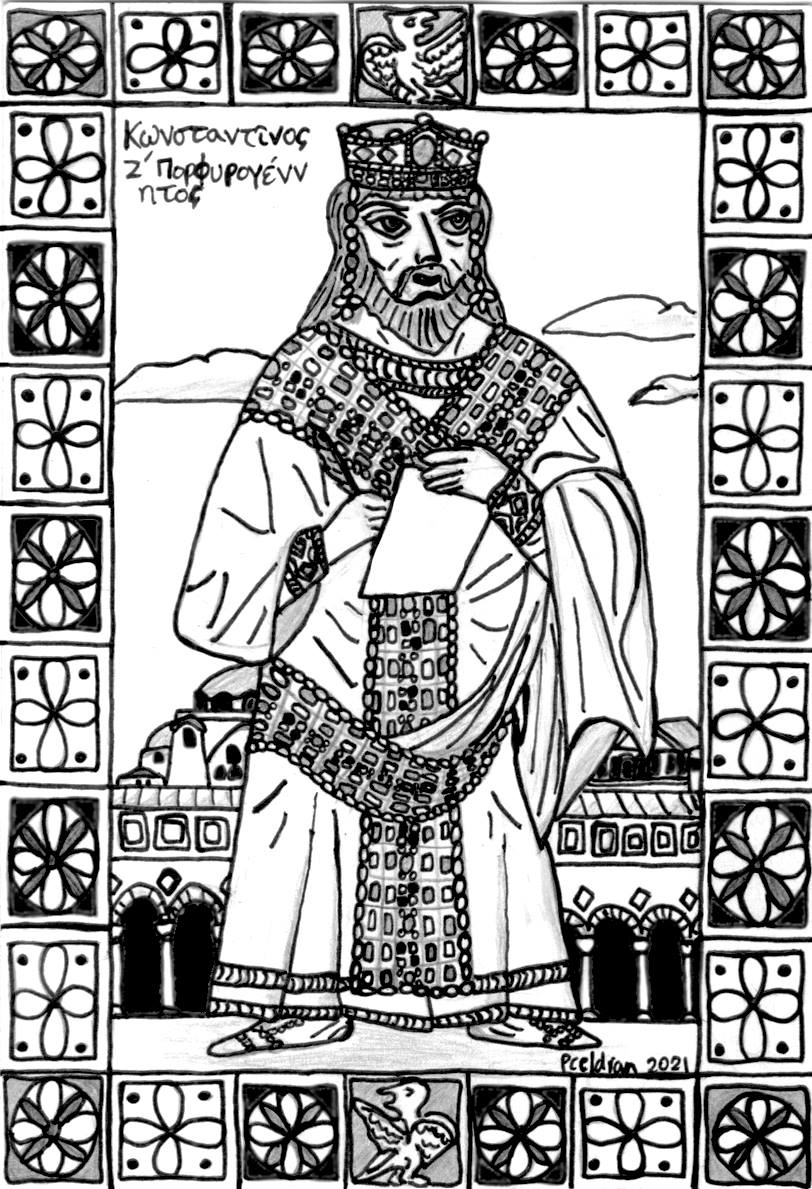
Basil as part of the legendary Macedonian Dynasty founded in 867 was born as a purple-born prince or Porphyrogennetos in the purple-room of the imperial palace in 958 to Romanos II of the Macedonian Dynasty and his wife Theophano who is said to be an innkeeper’s daughter from what was once Sparta and when Basil was born his father Romanos was not yet the senior emperor as his father and Basil’s grandfather Constantine VII was still alive. In Byzantine tradition, imperial heirs who were either children or grandchildren of reigning emperors were born in the purple room of the imperial palace in the capital Constantinople to ensure their succession, which is thus why Basil as well as his younger brother Constantine and younger sister Anna were born there. Now in 959, just a year after Basil was born, his grandfather Constantine VII died at the age of 54- allegedly poisoned by his daughter-in-law Theophano- and thus his father and Constantine’s son Romanos II succeeded as emperor wherein he then crowned Basil who was only 2 years old as co-emperor in 960 followed by Basil’s younger brother Constantine VIII who in 962 was also crowned by his father as co-emperor. If Basil’s full reign counting his time as junior emperor from 960 to 976 was 65 years, the rule of his brother Constantine VIII was even longer by one year making it 66 thus it means to say that Basil II wasn’t actually the longest reigning Roman emperor, it was actually his brother, however Constantine VIII only became senior emperor after succeeding Basil II after the latter’s death in 1025 all while Constantine only ruled as senior emperor for 3 years until his death in 1028.


II. He did not Rule Independently until Later in Life

As already mentioned, Basil II began his rule as a junior co-emperor in 960 when being crowned by his father Romanos II. Now, Romanos II’s rule was mostly successful for the Byzantine Empire as a whole as it saw the reconquest of the entire island of Crete from Arab pirates in 961 by the accomplished general Nikephoros Phokas and more victories against the Arabs in Syria despite Romanos being another “palace-emperor” who never set foot in battle.

Romanos II however died in 963 from a fever after a long hunting trip at the age of only 26- again it is rumored that Theophano, his wife poisoned him- when Basil was only 5 whereas Basil did not immediately succeed his father as the new emperor, rather he kept his position as a junior co-emperor and so did his younger brother Constantine all while the position of senior emperor passed to the same powerful general Nikephoros Phokas who rose to the throne after marrying the late emperor’s wife Theophano. Basil II and Constantine VIII remained as junior co-emperors in the 6-year reign of Nikephoros II Phokas from (963-969) and in the next 7 years under the next senior emperor John I Tzimiskes (969-976) which followed the assassination of Nikephoros in 969. The reigns of both senior emperors Nikephoros II and John I were successful ones militarily that it secured the empire’s frontiers for Basil’s rule in the future by once again expanding east this time deep into the Levant and north into Bulgaria, however both their reigns were rather short whereas Nikephoros II’s reign too saw a number of military failures against the Arabs in Italy. Basil on the other hand may have been influenced by his two senior emperors who were both warriors to be a warrior emperor as well in the future unlike his father, grandfather, and great-grandfather who were all palace-emperors. Basil however was not yet able to rule alone as although Basil finally succeeded as senior emperor following John I’s untimely death in 976, he was not entirely an independent ruler.

First of all, Basil remained under the domination of his powerful great-uncle the eunuch Basil Lekapenos- son of the former emperor Romanos I Lekapenos- who controlled the court whereas half of the empire did not support him and instead supported the usurper general Bardas Skleros who declared rebellion against the administration of Basil II and Basil Lekapenos in honor of the late emperor John I. For the next 3 years, Skleros had seized almost all of Asia Minor for himself in a series of battles against the loyalist forces. Even though Skleros was eventually defeated by Basil II’s loyalist general Bardas Phokas- nephew of Nikephoros II- at a battle in 979 with the assistance of 12,000 troops from the Georgian Principality of Tao, Lekapenos still dominated the young Basil II’s rule with Basil II still only as a puppet all while the defeated and wounded Skleros fled to Baghdad, capital of the Abbasid Caliphate. Lekapenos however would fall from power when being accused of corruption and conspiring with the rebels against Basil II and thus from 985 onwards with Lekapenos banished and his property confiscated, Basil II was literally an independent ruler free from the domination of powerful court officials and generals despite his rule now challenged by the general Bardas Phokas.


III. He Established the Legendary Varangian Guard Unit

In 986, the young and inexperienced Basil II now basically fully in command of the empire led an offensive against the expansion of the Bulgarians under their leader Samuil by attempting to lay siege to the city of Sredets (Sofia).
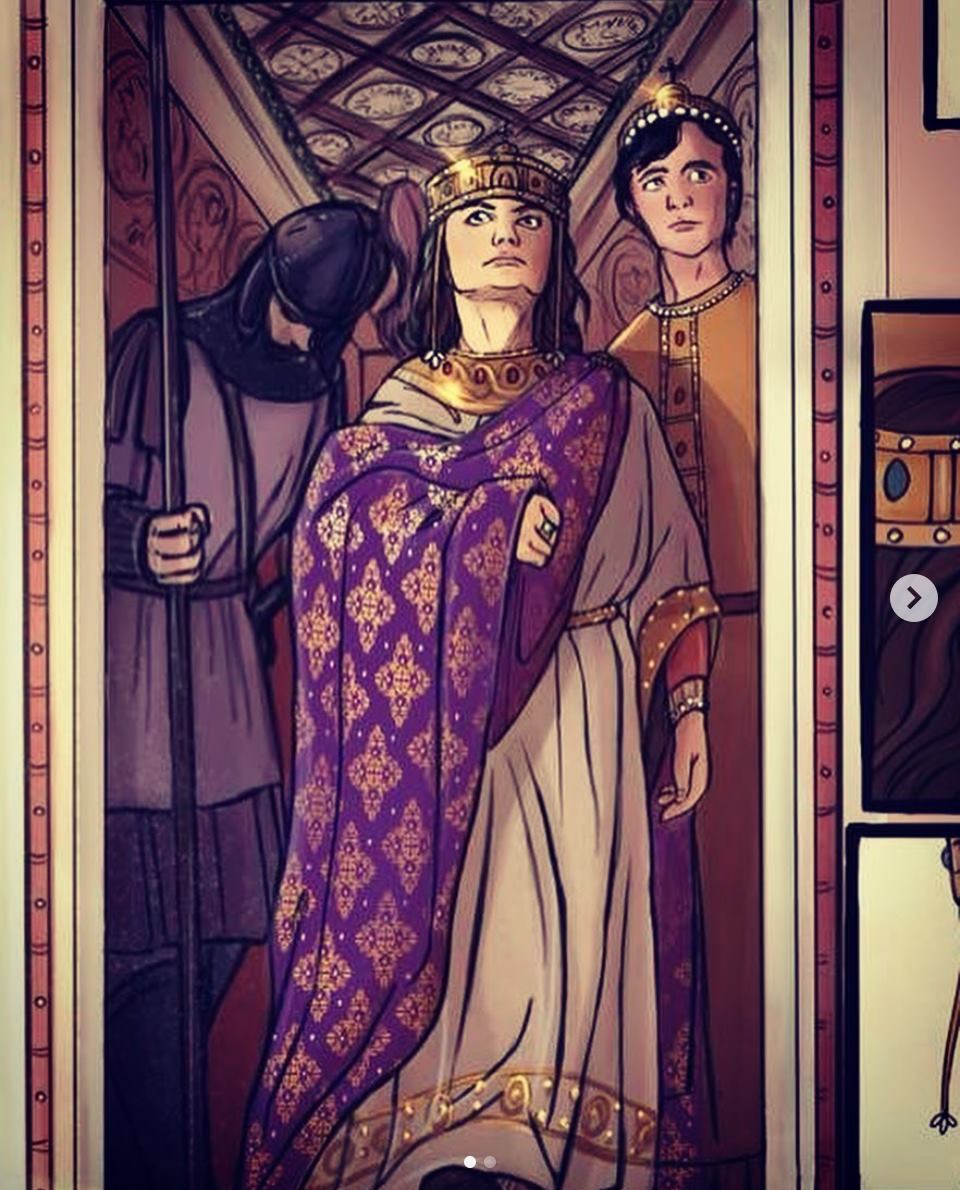
Although the Bulgarian Empire in the Balkans which had been around since the late 7th century had already been defeated and subjugated by John I Tzimiskes in 971 who expelled the invading Kievan Rus’ forces from Bulgaria and had the last Bulgarian tsar Boris II (r. 969-971) captured, a Bulgarian resistance in the western parts of the Bulgarian Empire still free from Byzantine rule started rising under the warlord Samuil who fought against the expansion of the Byzantines and then defeated Basil in 986 first by lifting the Byzantines’ siege of Sredets and afterwards crushing Basil’s forces at the Battle of the Gates of Trajan in Thrace. This defeat of Basil thus led to the general Bardas Phokas to declare rebellion against him seeing Basil’s weakness, however Basil here was willing to prove he was not weak. Basil II here decided to conclude an alliance with the Prince of the Kievan Rus’ Vladimir I the Great (r. 978-1015) whose forces had occupied Byzantine Cherson in the Crimea and thus Vladimir here agreed to evacuate his troops from Cherson, provide Basil with an army of 6,000, and even convert to Orthodox Christianity if Basil was to marry off his younger sister Anna to Vladimir.

Vladimir on the other hand had been searching for religions to convert to and given the choice to convert to either Islam, Judaism, Latin Christianity, and Orthodox Christianity, he chose Orthodoxy, the religion of the Byzantines after receiving reports from his ambassadors who saw the greatness of Byzantium’s greatest church, the Hagia Sophia in Constantinople. In 988, the deal was sealed between Basil and Vladimir and once Anna was sent to Cherson to marry Vladimir in 989, Vladimir and his men in return converted to Orthodoxy whereas Vladimir too sent the said 6,000 warriors of Rus’ and Scandinavian origin to Byzantium to serve Basil. In 989, thanks to the strength of these fierce warriors, Bardas Phokas’ rebellion was crushed wherein Phokas had even died in the said battle against Basil and the Varangians in Northwest Asia Minor all while the defeated rebel troops of Phokas defected to Basil’s side as well following Basil’s victory.

Due to their bravery in this said battle against Bardas Phokas but also due to their loyalty to the emperor, these Rus’ and Scandinavian warriors had become an institution in the Byzantine army known as the Varangian Guard which would from here on loyally serve Basil II and future emperors as their bodyguard unit in battle while also performing certain functions including guarding the imperial treasury, prisons, and the imperial quarters. From the 990s onwards many Rus’ and Scandinavian warriors would travel all the way to Constantinople to enlist in the Varangian Guard after hearing stories of how much wealth they would attain and battles they would fight if they joined it. In the meantime, with Bardas Phokas defeated and dead, the other rebel general Bardas Skleros who recently returned to Byzantium after his exile in Baghdad when being recalled by Phokas peacefully surrendered to Basil in 991 and died shortly afterwards thus ending all opposition against Basil II’s rule.
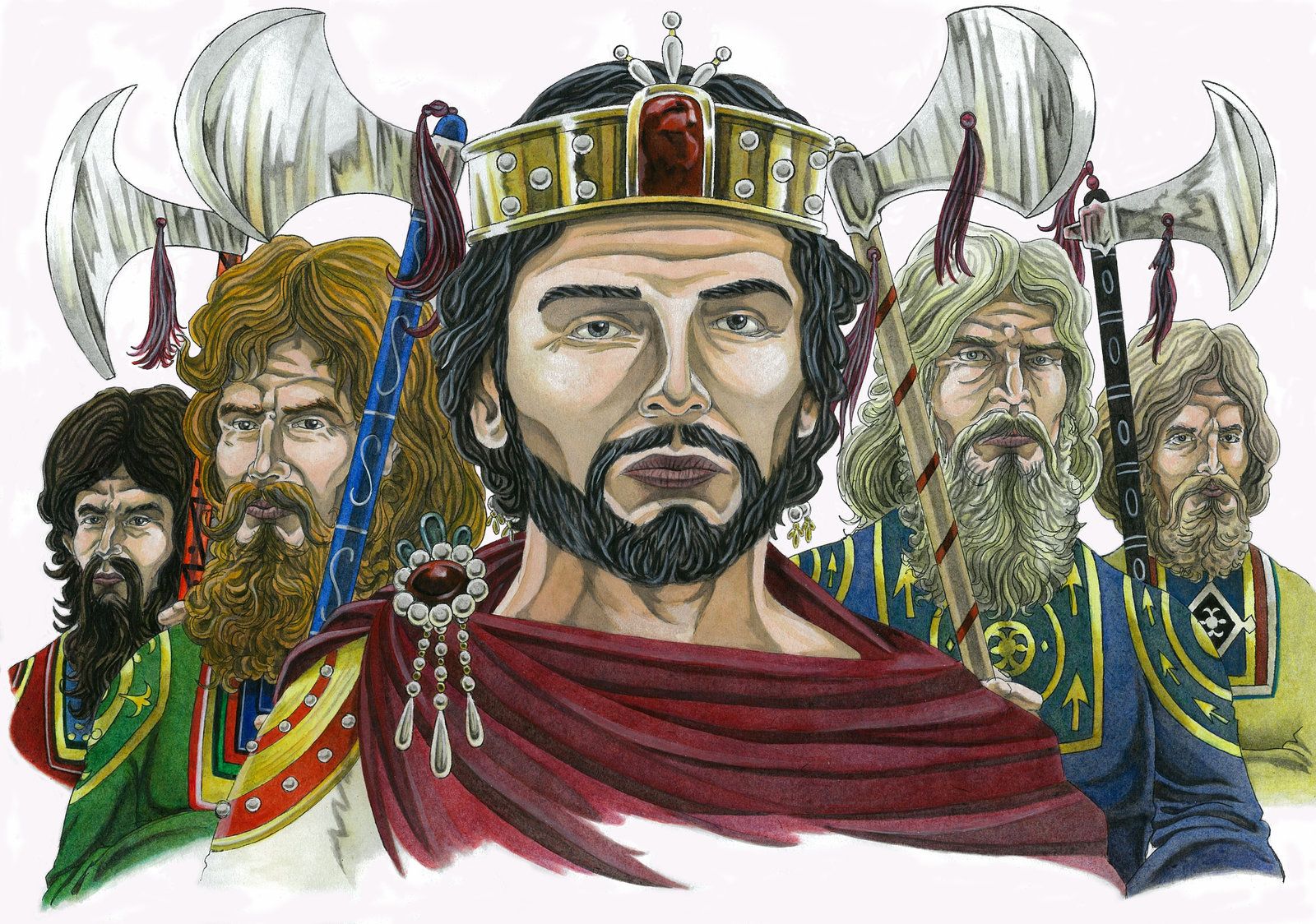
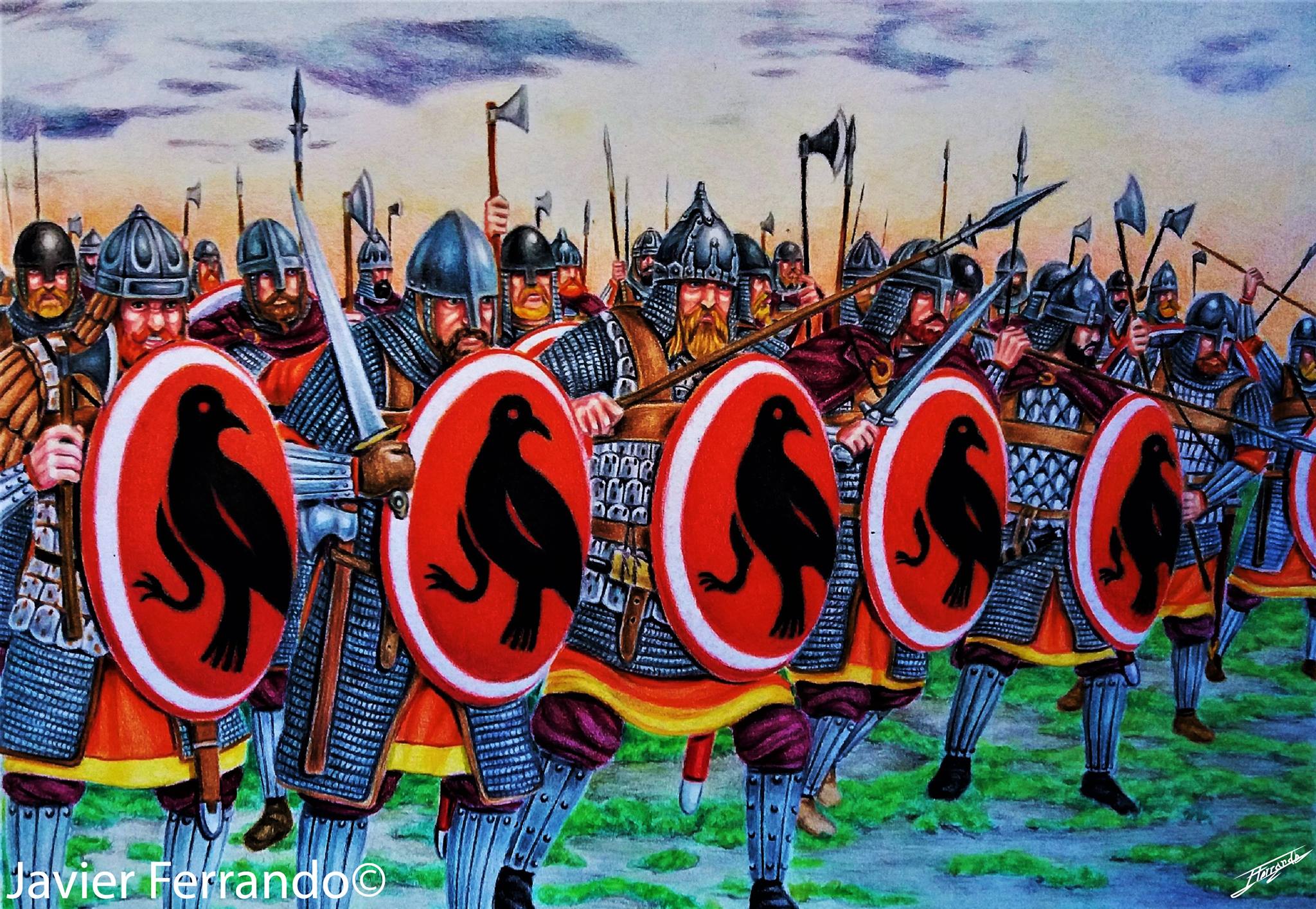
IV. His Physical Appearance and Personality

Not many Byzantine emperors get a very detailed description of their physical appearance and personality the way Basil II does by the 11th century court historian Michael Psellos (1018-1078) who was born towards the end of Basil’s reign. According to Psellos, Basil was a stocky man who was shorter than average in height but impressive to look at when on horseback. Psellos too describes Basil to be not an articulate speaker while also having a loud laugh that convulsed his whole frame. True enough, we too have existing proof of Basil’s complete appearance from the illuminated manuscript known as the “Psalter of Basil” which is part of the 11th century Menologion of Basil II compiled by Basil himself and here it shows Basil in imperial armor with the appearance of a middle-aged man with a short beard. Now, Basil too was known to have ascetic tastes that he cared little for the pomp and ceremony of the imperial court despite growing up with the luxuries of the imperial court as a palace prince. Additionally, Basil had despised literary culture and affected scorn for the learned classes of the empire. Psellos too describes Basil II’s character to be “two-fold” as he was a villain in wartime and an emperor in peace therefore showing he was competent at all times whether in war or peace. Basil too was said to have preferred the fast life of war and commanding armies wherein he liked to eat and sleep with his troops and wear military attire instead of imperial robes. In the battlefield, he was known to be a strict micromanager who always insisted that his soldiers stay in formation and if they charged out bravely against the enemy, they would not be rewarded but dismissed for insubordination.

V. His Campaigns Against the Arabs

Although Basil II is best remembered for his successful campaigns against the Bulgarians, he like his two predecessors Nikephoros II Phokas and John I Tzimiskes also campaigned against the Arabs in the south and east which is not as well-known as his wars against Bulgaria.

As soon as Basil took care of the internal threats of Bardas Phokas and Bardas Skleros by 991, he began to turn his attention east to expel the forces of the Arab Fatimid Caliphate whose presence had been threatening Byzantine Syria as a result of the weakness the Byzantine Empire was at due to the recent civil wars first between Basil II and Bardas Skleros and after that the one between Basil II and Bardas Phokas. The civil wars in the Byzantine Empire thus allowed the Arabs of the Fatimid Caliphate to retake some of the territory in the Levant recently captured by the former emperors Nikephoros II and John I and to threaten the Arab Hamdanid Emirate of Aleppo as well which was a protectorate of the Byzantine Empire. In 992, Arab forces from the Fatimid Caliphate under the general Manjutakin invaded the Hamdanid Emirate, defeated their allied Byzantine forces in battle, and then laid siege to its capital Aleppo. The Fatimids though failed at besieging Aleppo all while the Byzantines drove away the Arab offensive on Syria in 993, however in the following year (994), the Arabs again led by Manjutakin returned to attack Syria and this time defeated a Byzantine army under the general Michael Bourtzes at the Battle of the Orontres which thus forced Basil to intervene by leading the army himself.

Here in 995, Basil rushed from his campaign in Bulgaria to Syria in only 16 days and when arriving, they were able to disperse the Arab armies forcing them to flee back to Damascus without being engaged in battle against the Byzantines. The Byzantines then later laid siege to Tripoli in Lebanon although unsuccessfully all while the Fatimid caliph Al-Aziz Billah (r. 975-996) was willing to personally lead the fight against the Byzantines, but he failed to do so due to his death in 996. Even with the caliph dead, the war between the Byzantines and Fatimids continued due to the Byzantines supporting an anti-Fatimid rebellion in Tyre, Lebanon. In 998, the Byzantine forces once again lost to the Arabs, here at the Battle of Apamea in Syria, thus Basil once again led his forces to Syria in 999 wherein this time he campaigned deep into Fatimid territory in Syria, though in the following year 1000 both Fatimids and Byzantines agreed to conclude peace as Basil for one had to focus his attention north to crushing Bulgaria whereas the new caliph Al-Hakim (r. 996-1021) had to deal with his own internal problems in the caliphate. During the reign of the caliph Al-Hakim, relations between the Byzantine Empire and Fatimid Caliphate were ruined due to Al-Hakim’s persecution of Christians in his lands and his destruction of the Church of the Holy Sepulcher in Jerusalem in 1009.
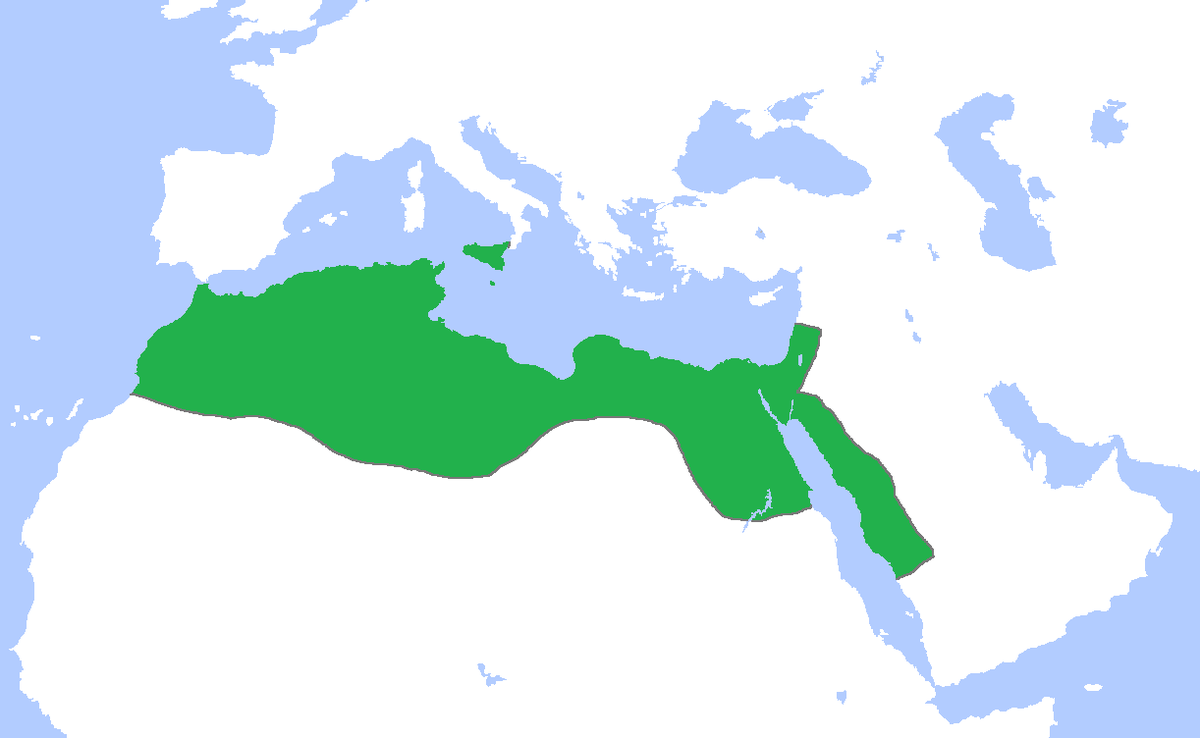
VI. His Campaigns Against Bulgaria

Ever since Basil II’s defeat to the Bulgarian leader Samuil in battle in 986, Basil gained a lifelong desire to crush the Bulgarian state once and for all.

By the time Basil took care of all opposition against his rule in 991, he immediately began campaigning against Bulgaria which now had been rapidly expanding under Samuil that the Bulgarians true enough had gone as far as raiding into Central Greece all while also retaking recent Byzantine gains by expanding east to the Black Sea and west to the Adriatic Sea. In 995, the Bulgarian forces led by Samuil campaigned deep into Byzantine Greece and even defeated a Byzantine army outside Thessaloniki, the second city of the Byzantine Empire. However, in 997, a Byzantine army under the general Nikephoros Ouranos defeated the Bulgarians at the Battle of Spercheios in Thessaly wherein Samuil barely escaped alive and as soon as Basil concluded peace with the Fatimid Caliphate in 1000, he then put all his attention on crushing Bulgaria.

Here, Basil pursued a policy of gradually attacking Bulgarian territory and annexing land year by year and true enough it worked as by the same year, Byzantine forces under the generals Nikephoros Xiphias and Theodorokanos had captured the former Bulgarian capitals of Pliska and Preslav and in the following years, the Byzantines captured more Bulgarian territory in Thrace and Macedonia whereas Basil based himself in Thessaloniki to oversee the campaigns. In 1004 after a series of back-and-forth territorial gains by both Byzantines and Bulgarians, the Byzantines scored once again another major victory over Samuil at the Battle of Skopje and thus recaptured the city of Skopje itself whereas in the following year, the governor Bulgarian held Dyrrhachion in Albania Ashot Taronites surrendered the city to the Byzantines. Samuil was thus from here on forced to fight on the defensive position- as most of his territory had already been taken by the Byzantines- until 1014 when Basil was now in a position to fully conquer Bulgaria once and for all which was primarily due to the Byzantines’ victory over a Bulgarian offensive on Thessaloniki in 1009.

VII. His Conquest of Bulgaria

After years of back-and-forth war against the Bulgarian Empire of Samuil, Basil II finally had his chance at decisive victory over the Bulgarians in 1014 at the Battle of Kleidion wherein Basil and his general Nikephoros Xiphias managed to outmaneuver the Bulgarian army at a mountain pass all while Samuil once again barely escaped the battlefield alive.

The battle thus ended with a decisive Byzantine victory wherein it is said that Basil had captured about 15,000 Bulgarian prisoners-of-war in which he had 99 out of every 100 men blinded with only one out of the 99 left with one eye in order to lead his men home, though this may simply be an exaggeration, but he still blinded his prisoners. The reason now for the mass-blinding was because blinding was a Byzantine punishment usually done on rebels and here, Basil saw the Bulgarians as rebels against Byzantine authorities. Samuil, the Bulgarian tsar allegedly suffered a stroke and died in the Bulgarian capital Ohrid when seeing his men return to him blind. Whatever really happened here, the Battle of Kleidion was the decisive battle that paved the way for Byzantium’s complete conquest of Bulgaria that later that year, Basil captured the Bulgarian capital Ohrid, although at around the same time the Byzantines would suffer a minor defeat to the Bulgarians in battle. Meanwhile, the late Samuil was succeeded as “Tsar” of Bulgaria by his son Gavril Radomir, but in the following year he was assassinated by his cousin Ivan Vladislav who then took over as Bulgaria’s new ruler. Ivan Vladislav would then lead a last-ditch resistance effort against Byzantine expansion but without any success as the Bulgarians once again suffered a crushing defeat to the Byzantines led by Basil himself again in 1017, thus forcing the last of the Bulgarians to flee to Dyrrhachion which becomes their last stronghold.
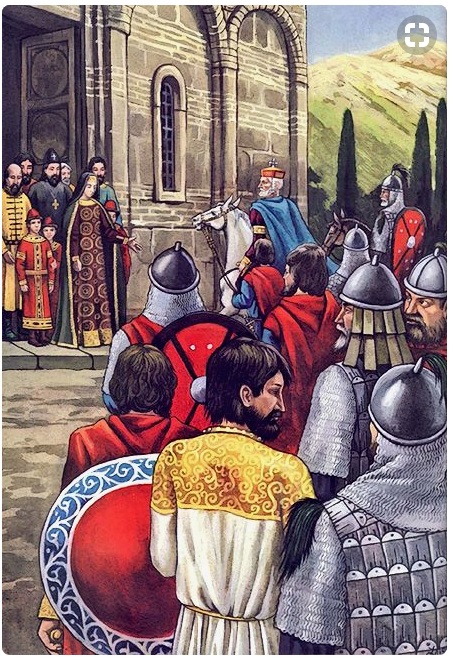
By 1018, the Bulgarian Empire was completely annexed into Byzantium as a province and thus wiped off the map following the final defeat of the Bulgarians outside Dyrrhachion and the death of Ivan Vladislav in battle, therefore Byzantium’s borders once again extended north to the Danube River for the first time in 400 years. Bulgarian resistance against Byzantine rule was fully crushed later in 1018 when the last independent Bulgarian governor Ivats was captured and blinded by Byzantine authorities. The Byzantine conquest of Bulgaria thus made Byzantium feared by other powers that neighboring kingdoms like Croatia which was a former ally of Bulgaria under the co-rulers and brothers Kresimir III (r. 1000-1030) and Gojislav (r. 1000-1020) submitted to Basil’s Byzantium as vassals fearing that they would suffer the same fate as Bulgaria in being wiped off the map if they didn’t, thus Croatia would remain a Byzantine vassal until Basil’s death in 1025. Other than Croatia, the small Serbian principalities in the Balkans too surrendered to Byzantium as vassals all while Basil II later celebrated his triumph over Bulgaria at Athens before returning to Constantinople. Although Basil gained the reputation of the merciless “Bulgar-slayer” for conquering Bulgaria, he was still tolerant to his new Bulgarian subjects that he integrated the Bulgarian nobility or boyars into the empire’s elite and allowed Bulgarians to pay taxes in kind if they didn’t have coin.
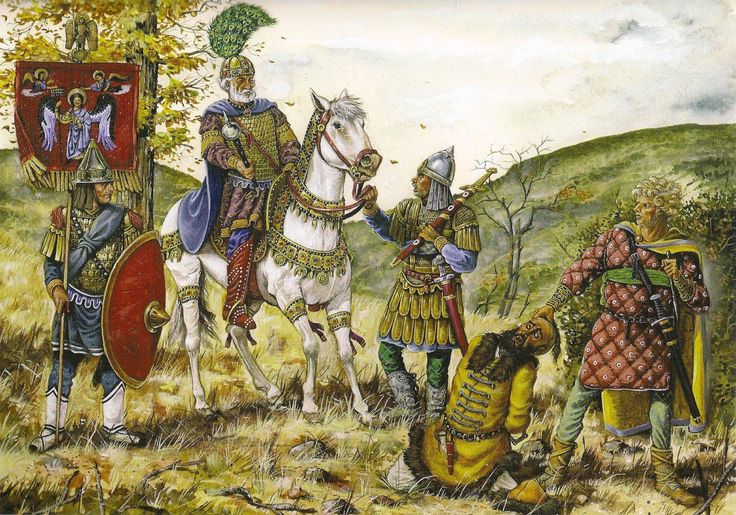
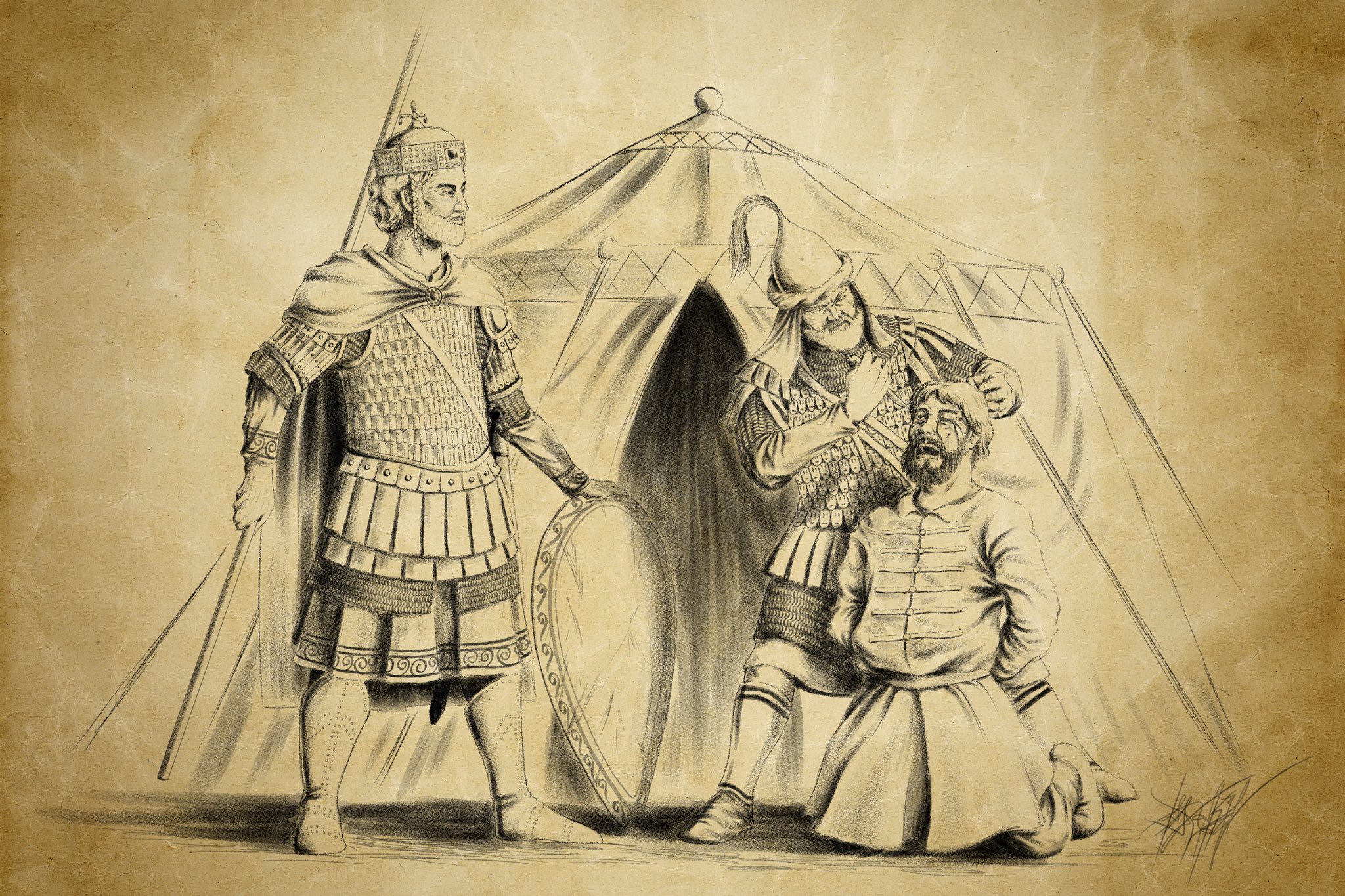
VIII. His Campaigns Against Georgia

Although famous for his conquest of Bulgaria, Basil II roughly at the same time had also been waging wars with the new Kingdom of Georgia in the east. Back in Basil’s early reign, he concluded an alliance with the Georgian prince David III of Tao (r. 966-1001) against the rebels of Bardas Skleros in exchange for giving David lifetime rule over territories in Eastern Asia Minor.

The alliance with David III was true enough successful as David’s forces numbering up to 12,000 helped Bardas Phokas defeat the rebellion of Skleros in 979. However, due to David’s friendship with Bardas Phokas, he supported Phokas’ rebellion against Basil II from 987-989, but due to Phokas’ defeat and death, David had to surrender to Basil agreeing that his lands would go to Basil after he dies, and true enough when he died in 1001 by being assassinated by his nobles, Basil inherited David’s lands in Iberia and thus extending Byzantium’s borders eastwards wherein these new territories incorporated into the Byzantine Empire were organized into the Theme of Iberia. Basil’s claim to David’s lands however were challenged by the new Georgian king Bagrat III (r. 1008-1014) and after his death in 1014 by his son the ambitious George I (r. 1014-1027) who then allied with the Fatimid caliph Al-Hakim and invaded Byzantine Iberia while Basil was still busy with his Bulgarian campaign.

Once finished with his Bulgarian campaign in 1018, Basil immediately headed east to campaign against Georgia, though he would only launch a full-scale war in 1021 as soon as George I’s ally Al-Hakim was dead. Here, Basil and the Byzantine army with the Varangian Guard included marched into Iberia wherein they retook what George had taken from them, and from there they were able to proceed east wherein they crushed the Georgians at the Battle of Shirimni along Lake Palakazio, and thus forcing George to flee back to his country after Basil had won a costly victory. George however was still intent to crush the Byzantines that he even supported Nikephoros Xiphias’ rebellion against Basil from 1021-1022 which however failed as Basil managed to turn Xiphias’ allies against him which thus resulted in Xiphias surrendering to Basil and afterwards banished to a monastery. Furthermore, Basil gained more allies when the Armenian King of Vaspurakan Senekerim (r. 1003-1021) surrendered his kingdom to Basil in exchange for being given lands in Byzantium. Thus in 1022 Basil once again marched his army into Georgian territory and this time once again crushed the Georgians at the Battle of Svindax. This time George now defeated all while his kingdom was surrounded by Byzantine forces both by lands and sea agreed to surrender all the lands he took from the Byzantines back to them as well as to hand over his infant son Bagrat- the future King of Georgia Bagrat IV (r. 1027-1072) as a hostage to Byzantium or else Georgia would be annexed by Byzantium the way Bulgaria was.

IX. His Military and Social Reforms

Although mostly remembered as a formidable military commander, Basil II too was a brilliant reformer emperor whose economic policies made Byzantium a rich world power. Here, Basil passed a number of laws that further protected peasants and small landowners across the empire by making it difficult for them to sell their land but at the same time also making it difficult for the rich and powerful landed aristocracy known as the dynatoi to buy land from these small landowners and peasants in order for them to grow their wealth and influence as in the past years, many small landowners lost their lands due to the dynatoi buying them off which further decreased the number of tax payers who owned lands.

Basil’s reform here proved to be so effective that with more people owning their lands, there was more tax to be paid which further increased the imperial treasury. Additionally, Basil II more or less got rid of several of the old troublemaking aristocratic families of the empire such as that of Phokas and Skleros who rebelled against him and replaced them with new families of humbler origins who then became the new elite of the empire due to their military service and loyalty to the emperor. These new military families that rose to prominence under Basil II’s rule included Diogenes and Komnenos wherein members of these families served as officers of Basil- notably Constantine Diogenes and Manuel Komnenos- and would in the future produce emperors as well; Constantine Diogenes’ son true enough was the future emperor Romanos IV Diogenes (r. 1068-1071) and Manuel Komnenos’ son was the future emperor Isaac I Komnenos (r. 1057-1059) all while Manuel’s descendants would be the rulers of Byzantium’s Komnenos Dynasty (1081-1185). Basil too took care of the sons of slain military officers by watching over them and providing them with the finest education and these sons of military officers included the future emperor Isaac I and his brother John Komnenos, father of the future emperor Alexios I Komnenos (r. 1081-1118).
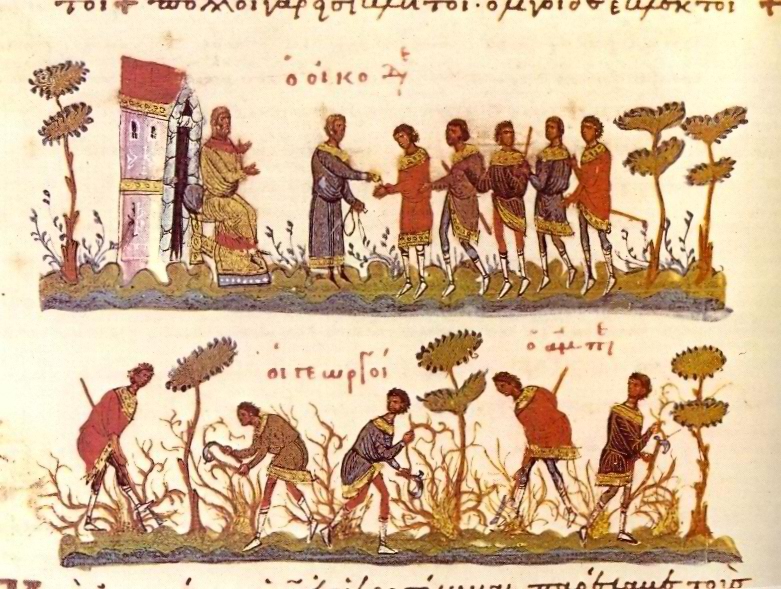
X. He Never Married

For all the greatness Basil II was remembered for, he never in his entire life married and had children, thus for the 49 years he ruled as senior emperor, there was no empress. As a person, Basil when in his older years was known to be so serious in his role as emperor that he had no time to relax and true enough he too had no close friends, which also explains why he never married. Additionally, back in 991 when Bardas Skleros surrendered to Basil, Skleros advised Basil to “admit no woman to the imperial councils” and to be “accessible to no one and to share with only a few your most intimate plans”; Basil true enough took this advice to heart. Basil II to put it short was dedicated to his empire but he too was greatly admired by his soldiers who were undyingly loyal to him and certainly willing to die for him.
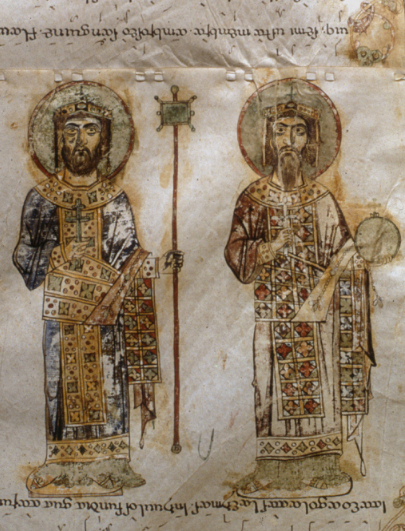
Now in 1025, as Basil had finished his wars against Bulgaria and Georgia, he now began making preparations for a massive expedition to take Sicily back from the Arabs who in the past century had completely taken over the entire island from the Byzantines, but this expedition never happened as in December of that year, the 67-year-old Basil II died of a fever in Constantinople. Having no children, Basil was succeeded by his incompetent and useless younger brother and co-emperor for the longest time Constantine VIII whose line would continue the Macedonian Dynasty until it died out in 1056 with the death of his daughter the last Macedonian Dynasty ruler Theodora (r. 1055-1056). At Basil’s death in 1025, the Byzantine Empire was at its largest since the days of Justinian I in the 6th century, and here in 1025 it stretched north to south from the Crimea and Danube River to Syria and west to east from Southern Italy to the Caucasus. Additionally, the Byzantine Empire at Basil II’s death in 1025 was not only a massive one with a powerful army but also a cultural superpower respected and feared by all neighboring powers for its advanced literary culture despite Basil never having really been an intellectual person himself. Basil II was thus buried at the Church of St. John the Theologian in the suburb of Hebdomon outside Constantinople and the epitaph on his tomb says:
“From the day that the King of Heaven called upon me to become the emperor, the great overlord of the world, no one saw my spear lie idle. I stayed alert throughout my life and protected the children of the New Rome, valiantly campaigning both in the west and in the outposts of the east… O, man, seeing my tomb here, reward me for my campaigns with your prayers”.

Conclusion

And now this is about it for this article covering the life and surprising facts about the Byzantine emperor Basil II. True enough, Basil II is one of Byzantium’s most fascinating characters as he more or less was the kind of emperor who was active in all fields which makes him somewhat the perfect example of what a Byzantine emperor was, cruel to his enemies but wise in ruling a vast empire with great knowledge not only in war but in diplomacy and statecraft as well as he true enough was also able to annex territory for the empire without shedding any blood but rather through diplomatic means. To put it short, Basil II not only expanded his empire’s borders in all directions, but he also stabilized it politically by clearing out all threats to his rule all while promoting his empire’s culture through diplomatic means as seen when getting the Kievan Rus’ of Vladimir I the Great to convert to Orthodoxy, the Byzantines’ religion and in projecting Byzantium’s image to the world as a cultural power as well. The only problem now happens to be the succession as Basil true enough had no heirs whereas his successors would gradually ruin all of his achievements and thus return the Byzantine Empire back into a state of crisis that would define Byzantium in the latter half of the 11th century. Now what are your thoughts on Basil II and his rule? Once again, I would like to thank you all for reading this article and also watching my video on No Budget Films and please continue to support me by following and subscribing to my sites!
